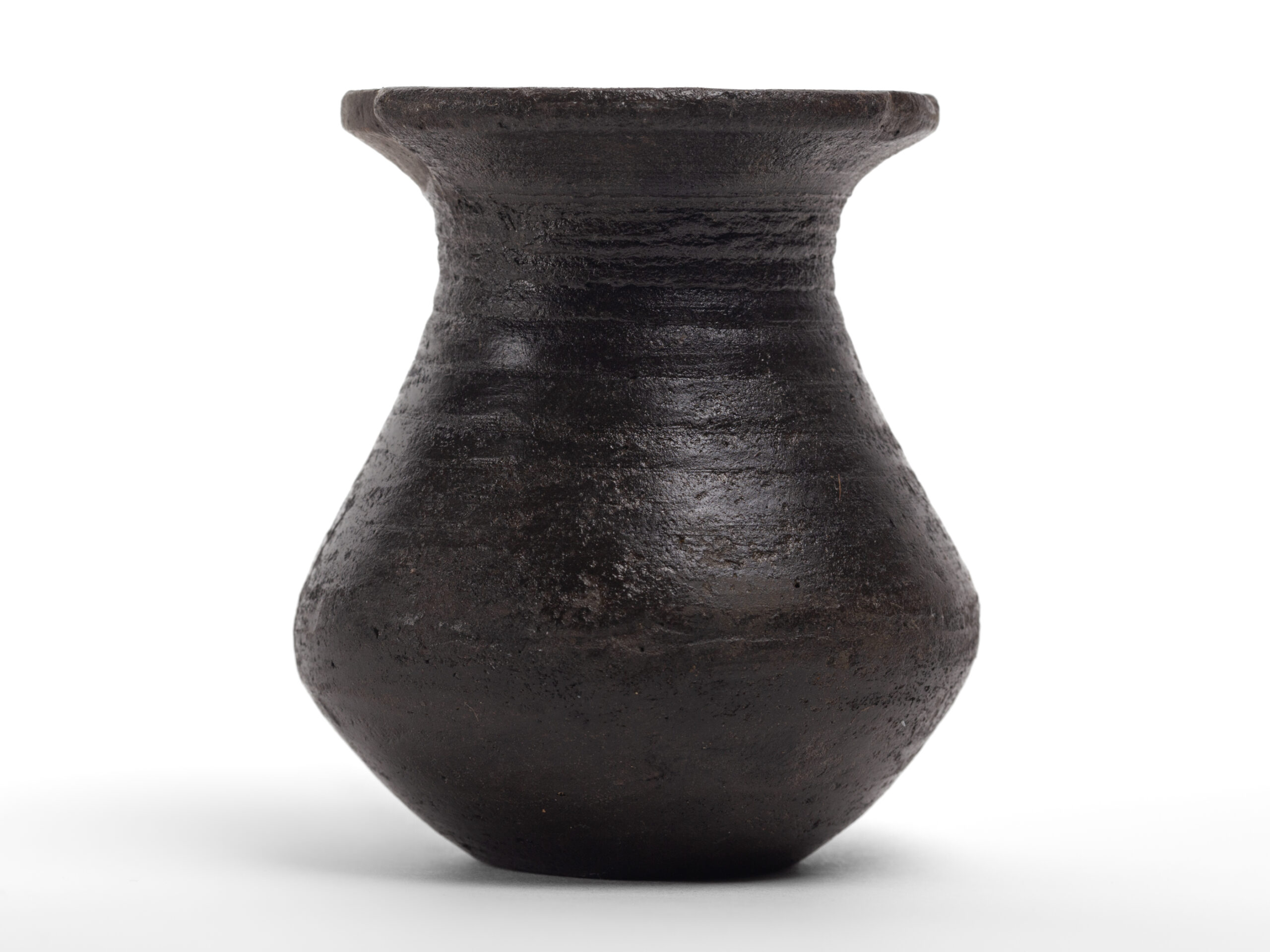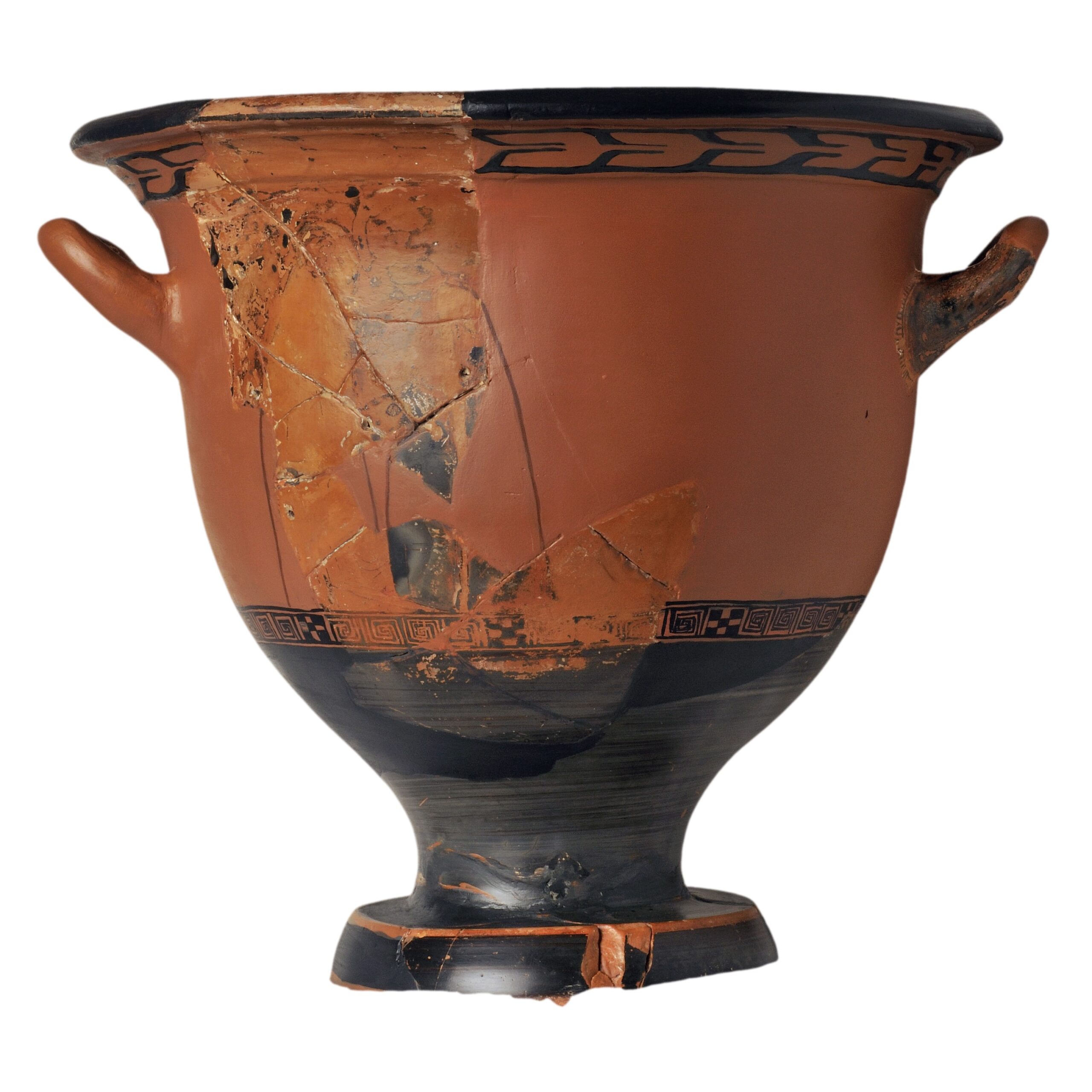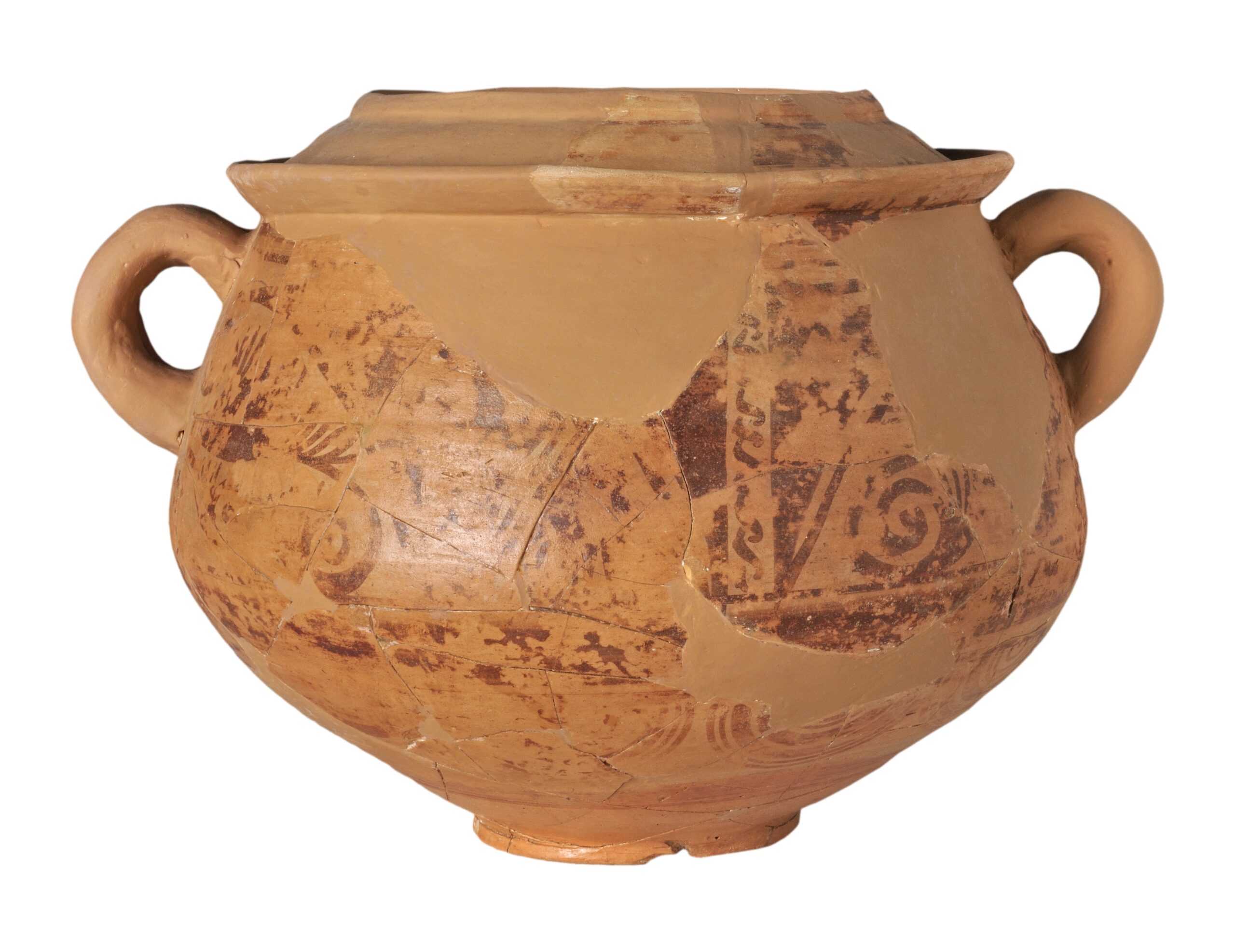- Object type
- ex-voto
- Production date
- -400 / -300
- Fabric -
- Culture
- Protohistory and Iberian world
- Discovery location
- Cueva de la Lobera - Los Altos del Sotillo
- Materials
- bronze
- Township
- Castellar de Santisteban (Europa, Espanya, Andalusia, Jaen)
- Technique
- casting
- Where is it?
- Reserva provisional
- Dimensions
- 66 mm






